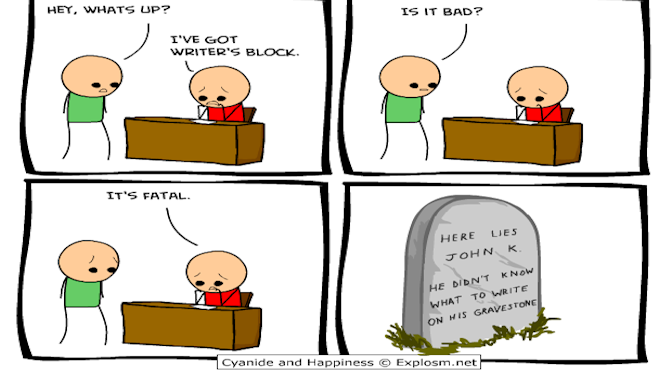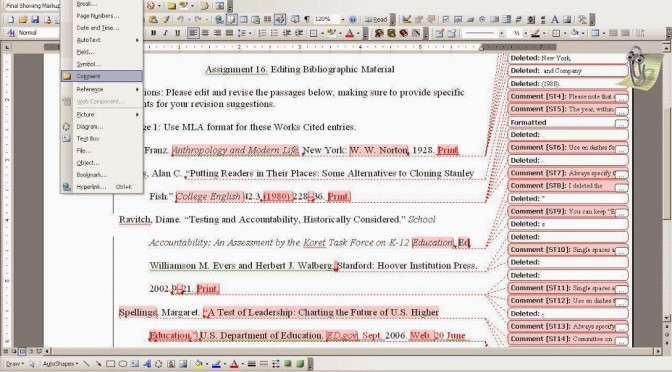As of this writing, it’s been about a week and a half since the end of NaNoWriMo and a little over a week before the #Pitchmas event on Twitter. Your editing should be getting along if you listened to me at all last week. But there are some aspects of editing that always gall writers to no end, even after they get that feedback from their readers. How do you know when to keep a scene and when to throw it aside?
The general rule of thumb by the writing community is William Faulkner’s quote “In writing, you must kill all your darlings”. But William Faulkner’s line being applied to editing is the worst advice that I’ve ever seen and it still confounds me to this day that people keep using it in these conversations. That’s right – the emperor has no clothes, damn it.
The reason why people use this line is because they’re trying to tell you to not be so attached to your work that you ignore the flaws. You may have loved a scene that just doesn’t work anymore. But the advice itself is so vague that it’s basically saying, “delete all the scenes you find likeable and see what you get.”
That’s incredibly stupid.
So when thinking of an alternative to this piece of advice I started to consider just how you would go about determining what scenes to keep and what to throw out. It’s hard to really know for sure what you can and can’t keep because there’s so many factors to consider. But then, my nerd side spoke up and told me: “Hey, Asimov provided a solution to the conflicting functions problem years ago!”
That’s right, I’m going three laws on you guys even though you’re all fleshy humans (for now). In a hundred years, when this blog is found on some lost archive and is viewed again by my future counterparts, they’re likely to be robots anyway.
Continue reading The Three Laws of Rob-Edits →










